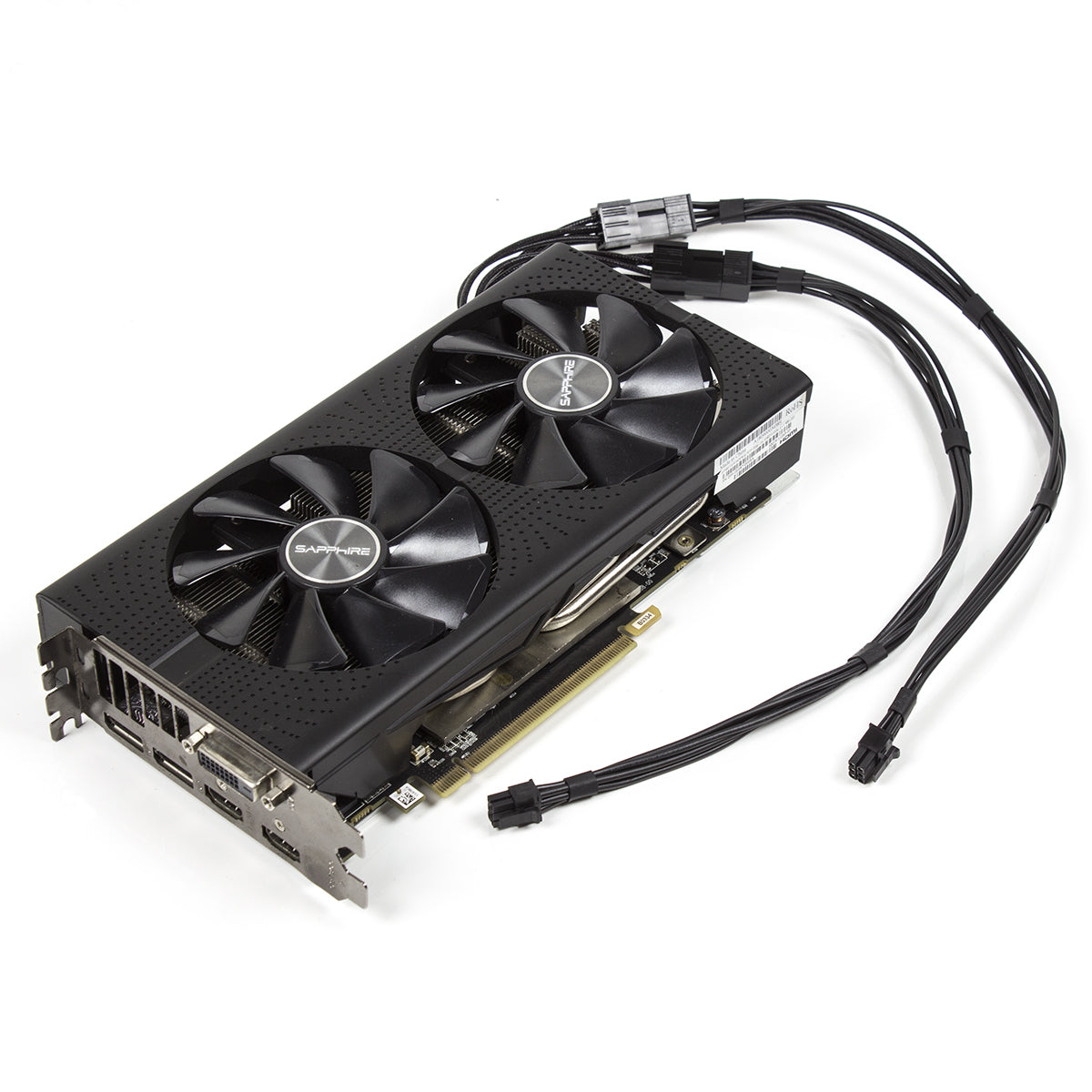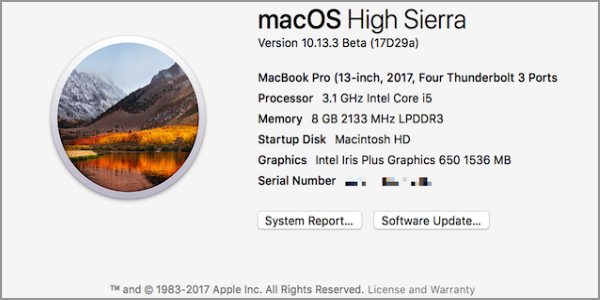

The explicit nature of Vulkan might offer additional optimisation opportinuties to applications seeking to squeeze those 100% out of the hardware, but at the extreme expense of usability. The ressource binding model of Vulkan is more efficient, that for sure, but it is certainly not more powerful - it does not allow you to build more complex shader inputs than what Metal already offers. But all these things can be trivially added to Metal (and I'm sure Apple is working on that already). Yes, it supports stuff like geometry and tesselation shaders, it has batched bindings updates, sparse ressources, command buffer reuse and atomic texture operations.
#Metal capable gpu for 2012 apple mac pro manual
In fact, I can't imagine that many people will use Vulkan directly, instead we will see a bunch of wrapper libraries that abstract the tedious tasks like manual memory management and operation synchronisation.Īt the same time - and that is the funny thing - Vulkan does not seem that much more powerful to me. On the other side, you need to make sure that the data you use for a particular pass is in the device memory, which means juggling data around, recreating resources, breaking down yoru renderign commands and doing all kinds of weird memory dances. Of course, the nice thing is that you can optimise the resource usage very precisely in regards to the specifics of your engine, and you get quite precise performance guarantees. Its actually quite ridiculous how diffficult and detailed the API is.

And man they were NOT kidding when they said that the API is explicit. Metal still does a lot of hand holding and behind-the-scenes management for you, while with Vulkan you are responsible for - literally - everything. I think it should be fairly clear that Vulkan offers higher performance potential then Metal. And I am starting to believe this might be a very reasonable move by Apple. After reading the spec, I think I understand why. Some folks (me included) were quite dissapointed to learn that Apple is jumping the Vulkan bandwagon. I hope that some other people here who are curious about GPUs, APIs and API design could offer their thouhgts on the matter. First of all, a disclaimer: this is mostly from an academic standpoint, I am interested to comparing the APIs, the provided fetures and their relative merits. Which means most devices made prior to 2008 won’t be able to run it.As Vulkan spec has been released few days ago, I think it might be interesting to look at how it compares to what Apple gives us with Metal. Mac Pro – all models from 2012, Mac Pro 6,1 and from 2010-2012 Mac Pro 5,1 models with recommended Metal-capable GPU.Mac Mini – all models from 2012, Mac Mini 6,1 – 7,1.MacBookAir – all models from 2012, MacBook Air 5,1 – 7,2.MacBook Pro – all models from 2012, MacBook Pro 9,2 – 15,1.

MacBook & MacBook Retina – all models from late 2009, MacBook 8,1 – 10,1.iMac – all models from late 2012, iMac 13,1 – 18,3.
#Metal capable gpu for 2012 apple mac pro install
You’ll still require a 64bit Intel processor, Iris Graphics 4000 series or later and 8GBs of free disk space – if upgrading, as appose to clean install min plus at least 4GB of RAM. The name Catalina continues on with their California landmarks with the names after Santa Catalina Island in California it is the successor to macOS Mojave.įor this upgrade fortunately it will run on all Apple mac machines that already could run macOS Mojave. Find out if your Apple computer meets the minimum system requirements of the new macOS Catalina 10.15.Īpple have released their operating system named macOS Catalina October 2019, which will be macOS 10.15.


 0 kommentar(er)
0 kommentar(er)
